
Maria Temming
Assistant Managing Editor, Science News Explores
Maria Temming is the Assistant Managing Editor at Science News Explores. Maria has undergraduate degrees in physics and English from Elon University and a master's degree in science writing from MIT. She has written for Scientific American, Sky & Telescope and NOVA Next. She’s also a former staff writer at Science News.

All Stories by Maria Temming
-
 Psychology
PsychologyScientists Say: Trauma
No one experiences trauma the same way. Its effects can be physical or emotional. Immediate or delayed. Brief or long-lasting.
-
 Chemistry
ChemistryScientists Say: Pigment
From fruits to fur to fine art, many materials get their colors from compounds called pigments.
-
 Science & Society
Science & SocietyLet’s learn about music
Researchers are delving into how instruments and spaces shape our experience of music, and how computers could play a role in the future of music-making.
-
 Physics
PhysicsScientists Say: Proton
These positively charged particles are important building blocks in atoms.
-
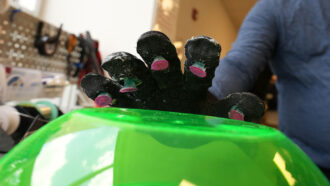 Tech
TechLike an octopus, this glove lets fingers grip slippery objects
The octopus-inspired suckers on each fingertip grab and release objects on demand.
-
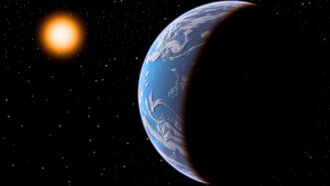 Planets
PlanetsScientists Say: Habitable Zone
The habitable zone is the region around a star where temperatures could be right for worlds to host liquid water.
-
 Space
SpaceLet’s learn about surviving a trip to Mars
Getting to and surviving on the Red Planet will take lots of innovation.
-
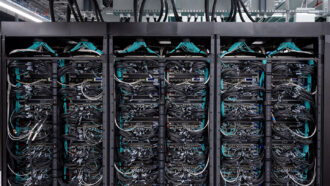 Computing
ComputingScientists Say: Supercomputer
These ultrafast computers perform complex calculations for research on cancer, quantum physics and more.
-
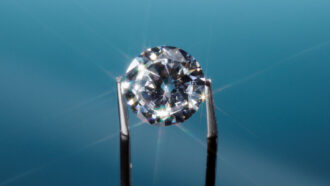 Materials Science
Materials ScienceLet’s learn about diamond
Diamond is born under extreme heat and pressure inside Earth and elsewhere in the universe.
-
 Tech
TechScientists Say: Virtual reality
Virtual reality is an immersive, 3-D artificial environment created by a computer.
-
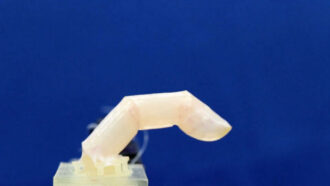 Tech
TechThis robotic finger is covered in living human skin
The advance brings super realistic cyborgs one small step closer to reality.
-
 Earth
EarthScientists Say: Fault
A fault is a crack in Earth’s crust where pieces of rock scrape past each other.